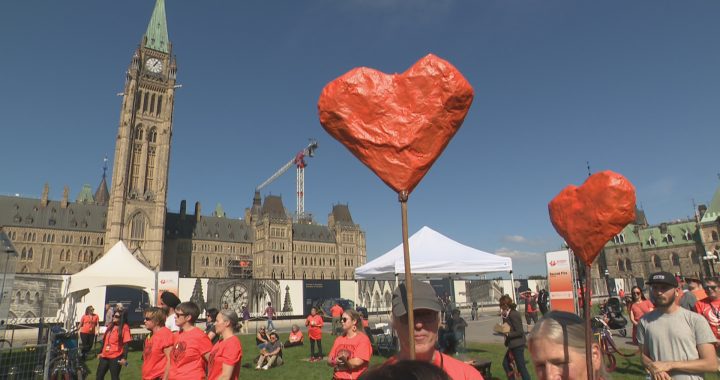This week, APTN InFocus turned the spotlight on fashion and glam – how people are rethinking what they wear and who they support in an effort to champion Indigenous talent and sustainable clothing.
“I have this love-hate relationship with fashion,” says Riley Kucheran, assistant professor of design leadership at Ryerson University in Toronto and Biigtigong Nishnaabeg in Ontario.
“I love fashion and creativity and the potential of fashion, but not the mainstream industry; that’s not what I’m interested in and that is not what I want Indigenous designers to strive for.”
A shift from instant gratification and excess that’s steered the fashion industry in recent decades is slowly turning towards creators wanting to make clothes from sustainable sources that have longer life without exploiting cheap foreign labour and materials.
“I don’t think to be a successful designer you need to open up a big factory and move off shore and show in New York and Paris,” Kucheran told InFocus Host Melissa Ridgen. “We can redefine notions of success that fit what our Indigenous communities want and need.”
The supply chain that goes into making Indigenous fashion is so community focused, its so supportive of goals for cultural resurgence, language revitalization, like you need all of those pieces working harmoniously to get Indigenous fashion.
“And, I think, there are things we can do to discourage fast-fashion consumption. There is no reason why you need a new outfit every month or you need to be keeping up with seasonal trends. Seasonal trends are completely manufactured by the fashion industry, there is no reason why you need new clothing. Just hacking away at that myth you need to be trendy, you need to be stylish and perhaps part of that is just investing more into individual pieces.”
Sage Paul is the artistic director of Indigenous Fashion Week Toronto and says what you choose to wear each day is a major political statement.
“Our clothing is much more than (what) we choose to wear,” Paul said on InFocus. “It really goes into the protection of the environment, the way people are treated, the way that we represent our cultures, so when you make that decision when you’re getting dressed in the morning think about how — what was the impact on the environment, if it was made locally, if the fur and leather was hunted locally or if it was mass farmed, the way the fabric is dyed and also the overall ethical thoughts around representation of culture.
“These are the kinds of things we really should be thinking about when we’re getting dressed in the morning and that goes down to making more conscious consumer decisions.”
While sustainable fashion costs more than fast-fashion she says people are realizing they can support Indigenous designers with the purchase of pieces that will last longer rather than spending money on a bunch of mass-produced pieces that lack longevity.












